For our 30th anniversary exhibition, Still Crazy After All These Years…30 years in art, browngrotta arts will feature outdoor sculptures by two prominent international artists, Dawn MacNutt and Mariyo Yagi.
Dawn MacNutt, a native of the Canadian province Nova Scotia, incorporates an assortment of natural materials, such as twined willow, seagrass and copperwire, into each life-size sculpture. By crafting these column-like figures, MacNutt masterfully captures the beauty and frailty of the human form.
Among MacNutt’s masterpieces is, 2000–2005, a series of figures of willow and seagrass, each standing at 5’8” inches high. As with many of her fiber sculptures, MacNutt’s Return to Delos illustrates the humancondition as a source of imperfections and vulnerabilities but also reveals that, through these flaws, humans connect with one another and thereby create a sense of identity. She achieves this sentiment by leaving her columns purposely unfinished so that bare sticks remain untied and left to reach out to the world surrounding them. browngrotta arts’ exhibition features one of MacNutt’s willow figures cast in bronze, a material used by early imperial cultures. The bronze version is nearly indistinguishable from its willow counterpart, but the bronze permits the installation to withstand outdoor weather conditions.
Mariyo Yagi of Kobe, Japan, uses a combination of rope, bamboo, metal, and even glass to fashion a series of spiraling art installationsthat embody her theory of nawalogy—onenessmade of diversity. Through her art installations, she examines how nawa, the modern Japanese word for “rope,” is not made using one strand but, rather, with a series of strands inthe form of a spiral. Similar to how communication and inter-exchange establisha community, her pieces demonstrate how the energy from spiral structuresimitates the links between heaven and earth, as well as DNA and the universe.
There are also many indoor sculptural works featured in Still Crazy After All These Years, including John McQueen’s stitched twig figure, Askew, and Naoko Serino’s ethereal floating square of jute. Learn more about these and other artists in the browngrotta arts’ 30th anniversary exhibition on our Artists page.


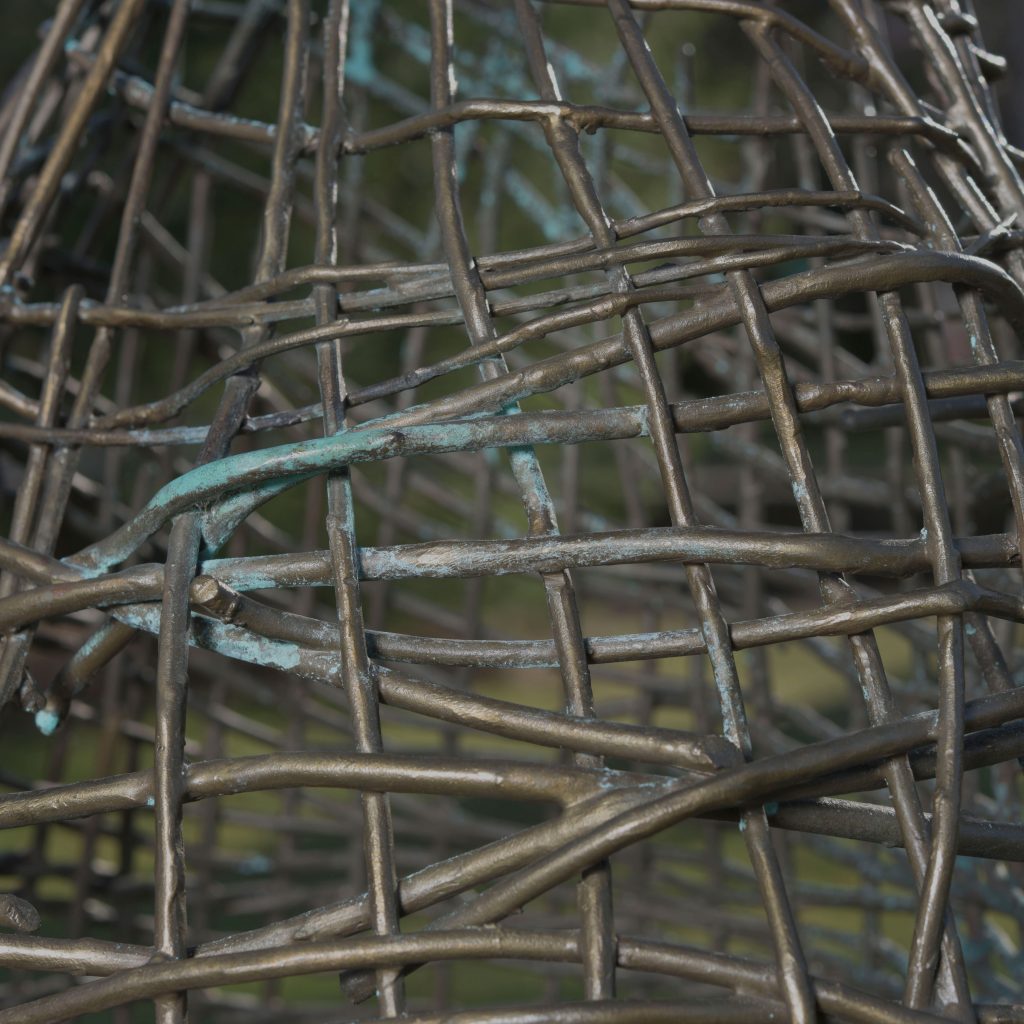
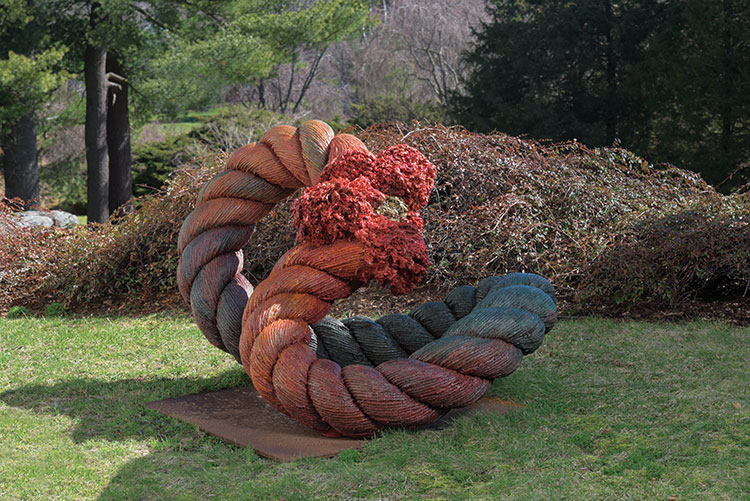
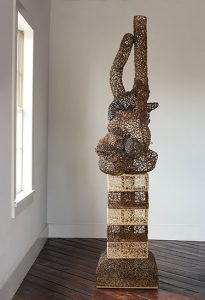
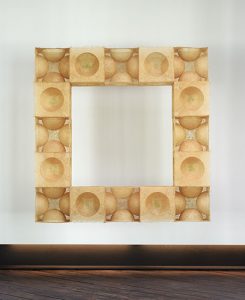
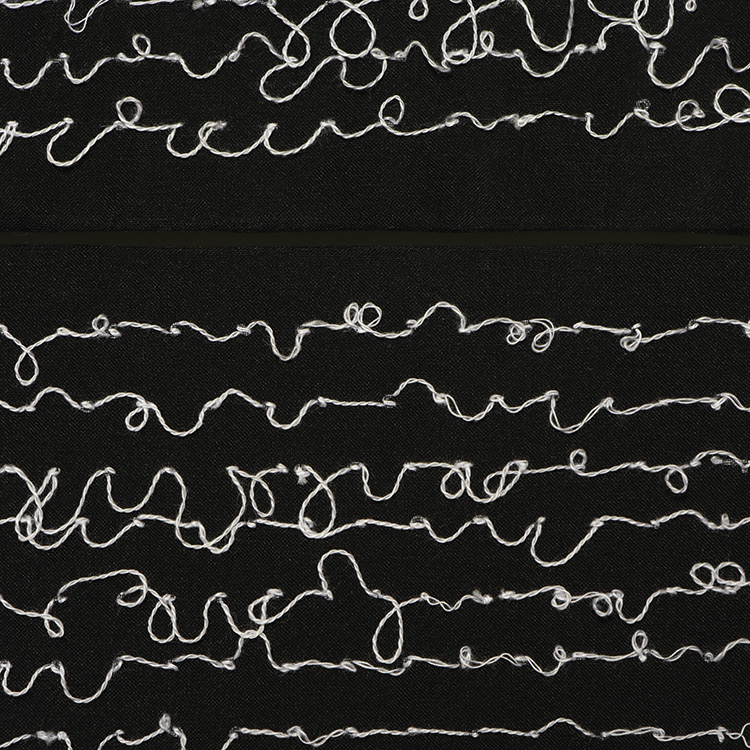



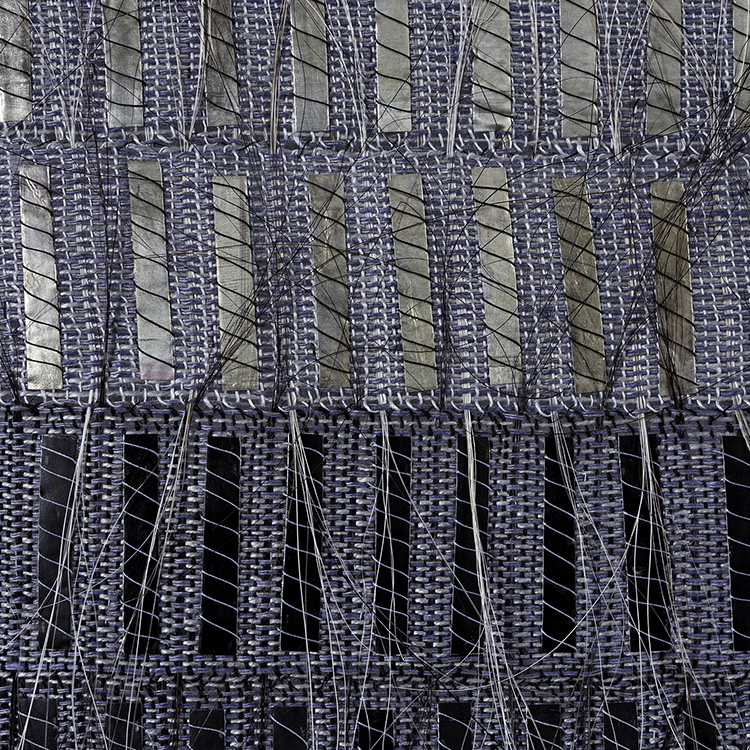
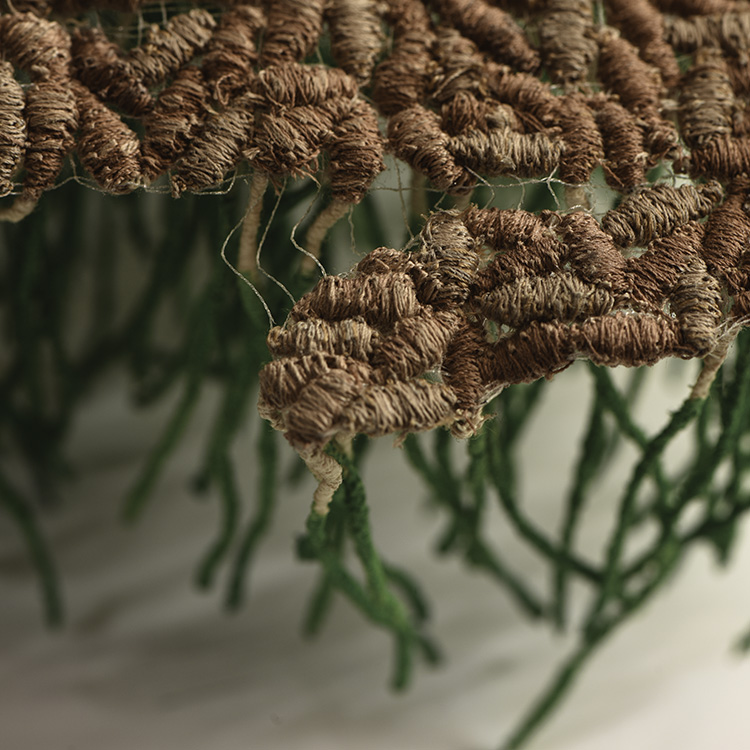
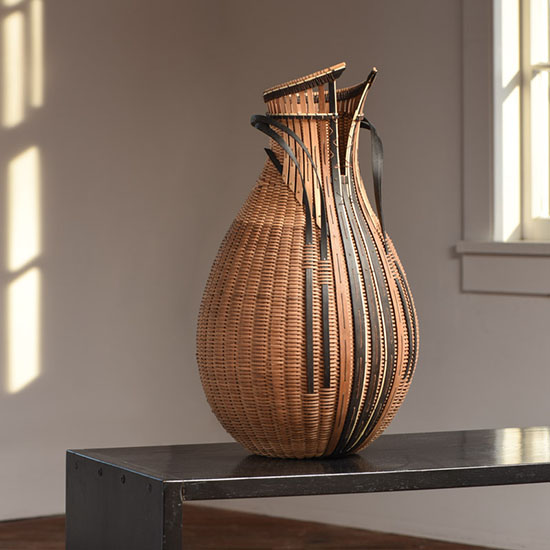
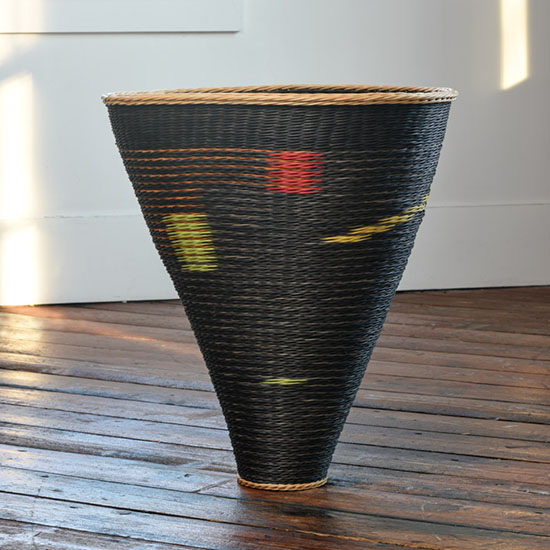
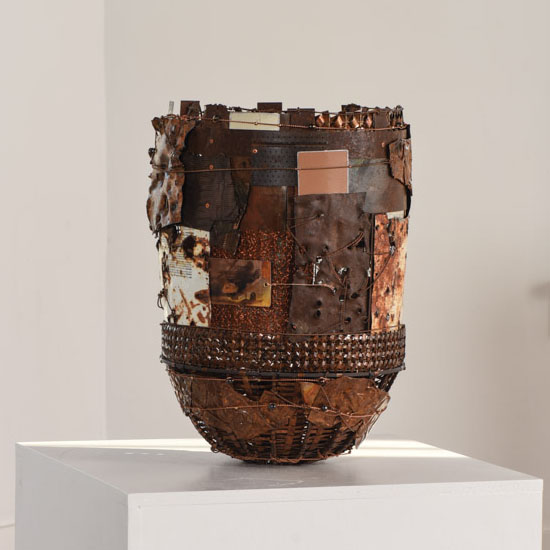
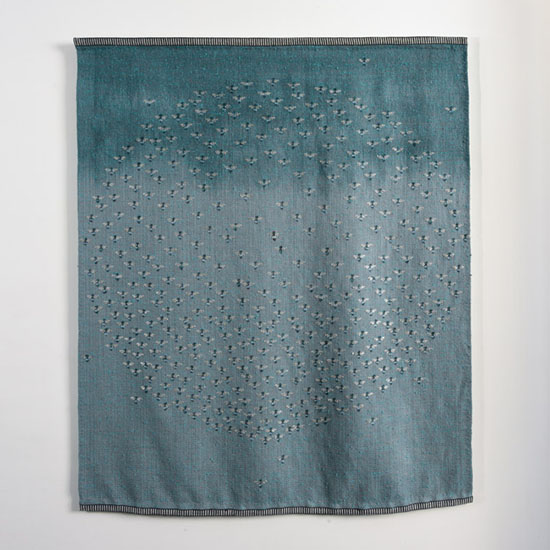
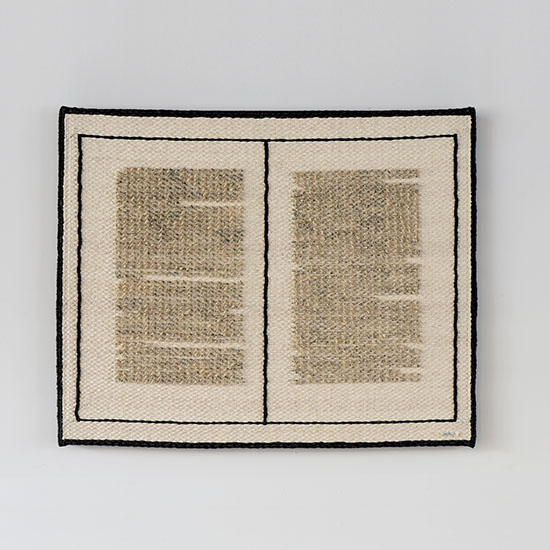
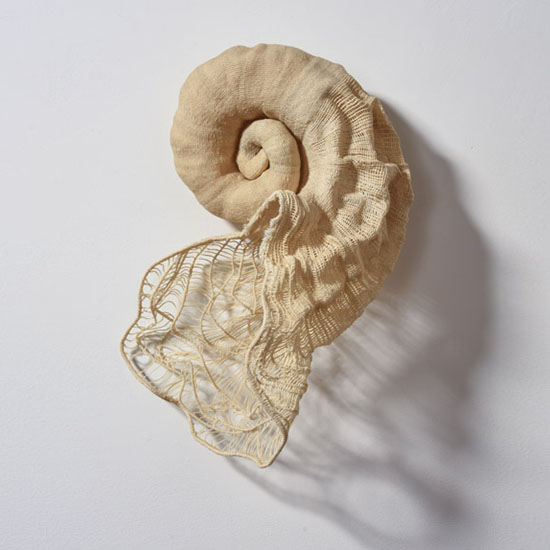
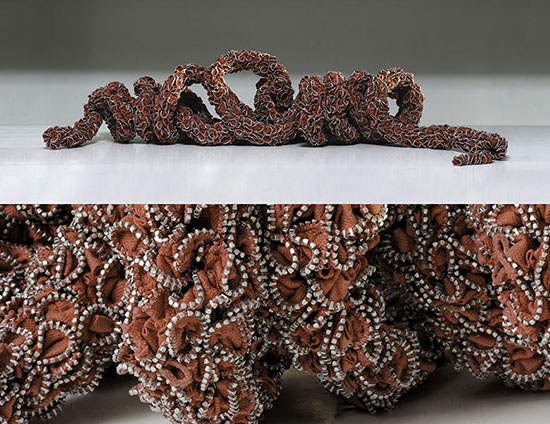
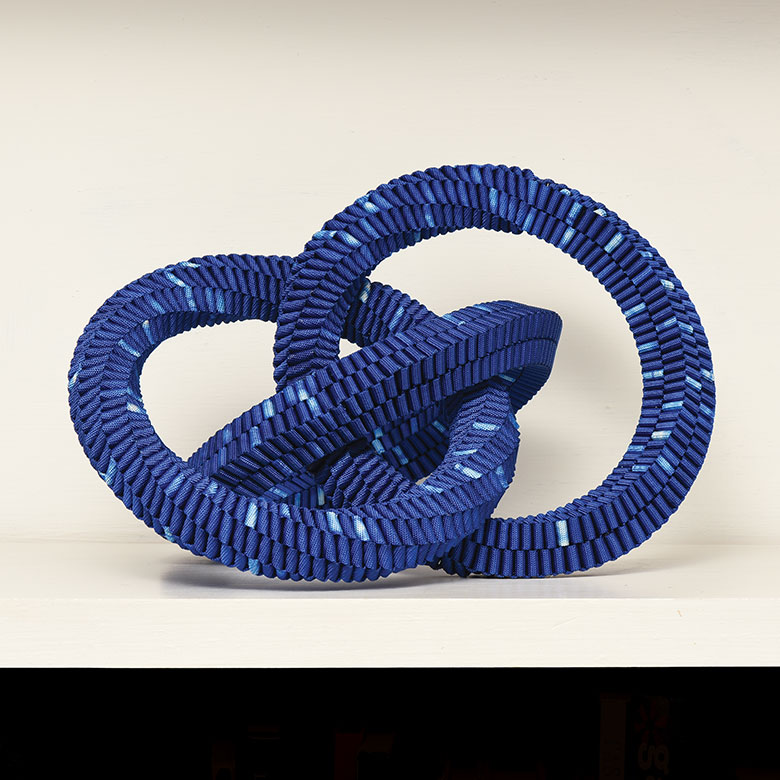
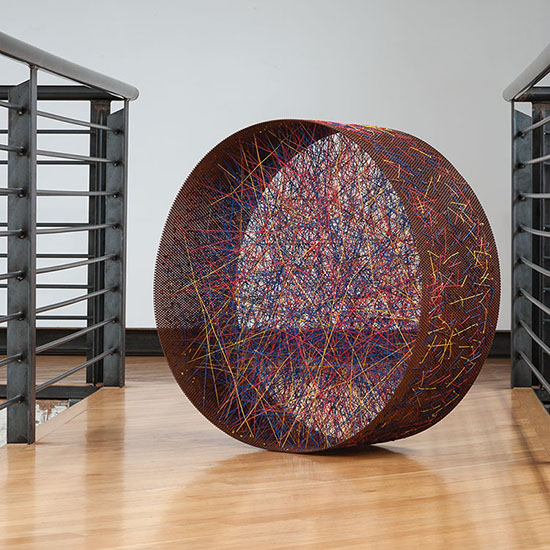
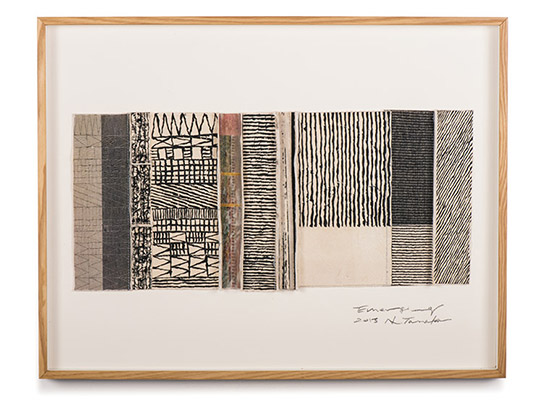


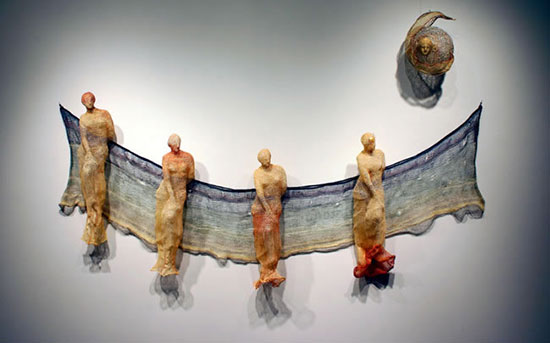
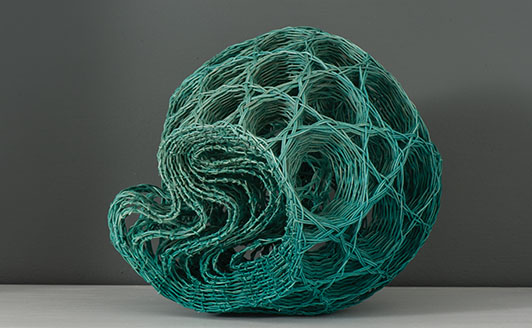
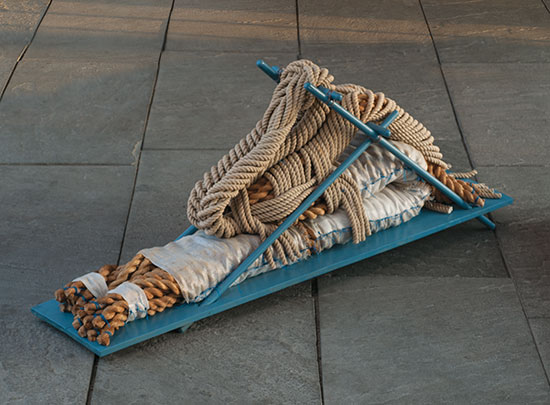
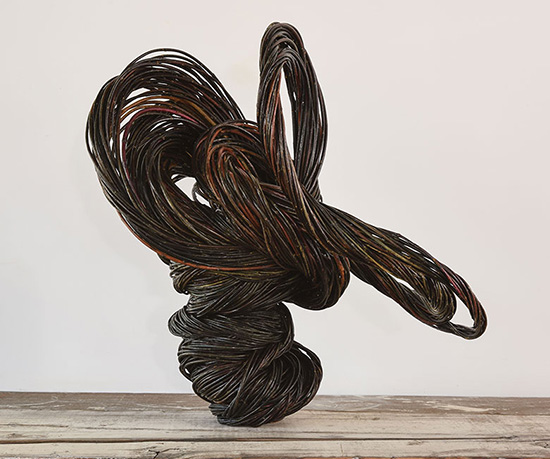
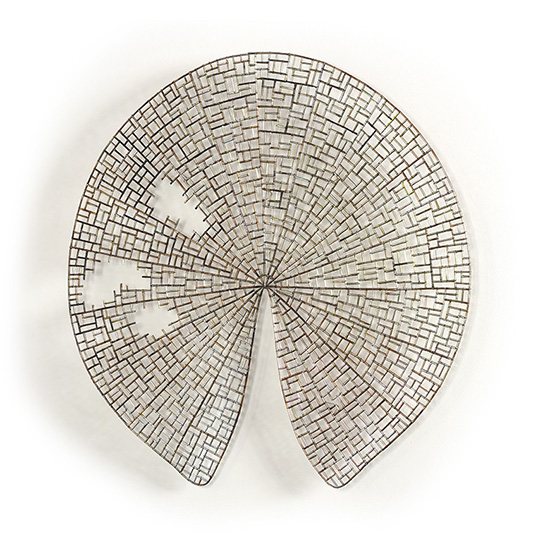
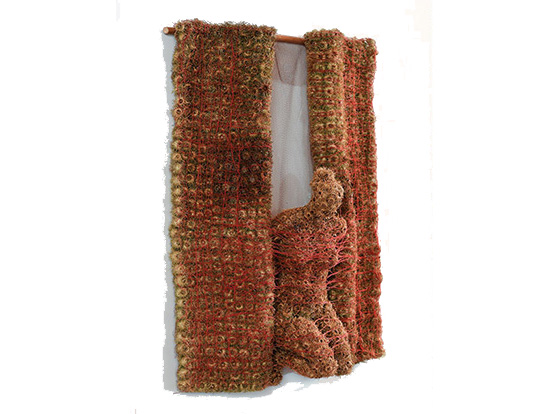
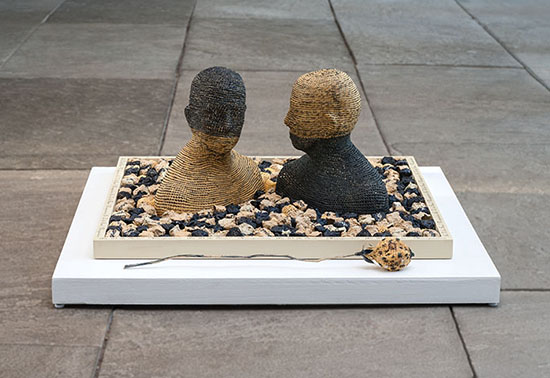

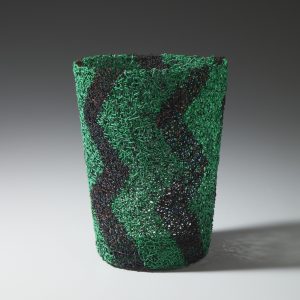
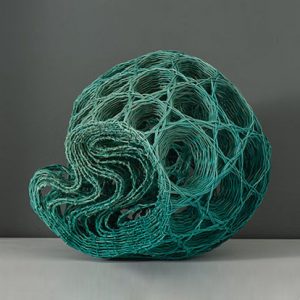
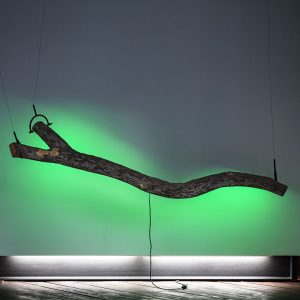
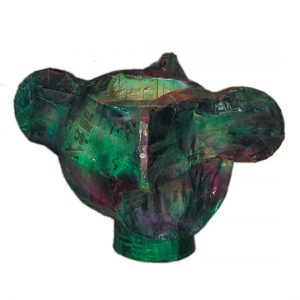




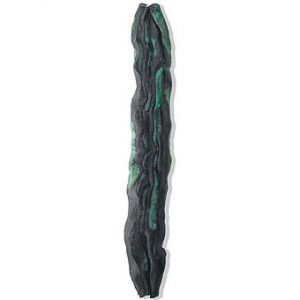
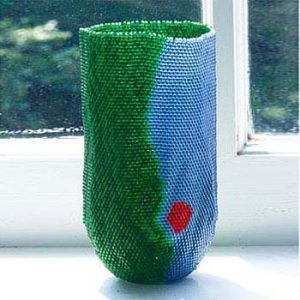
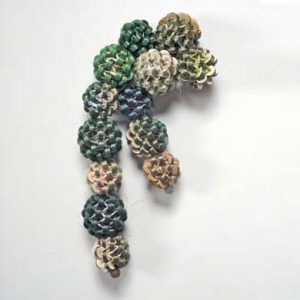
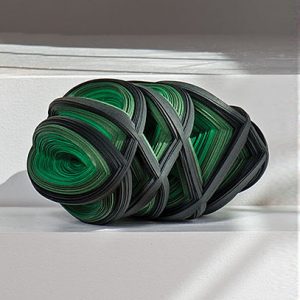
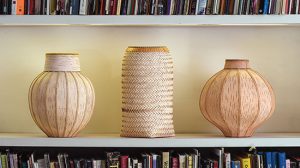
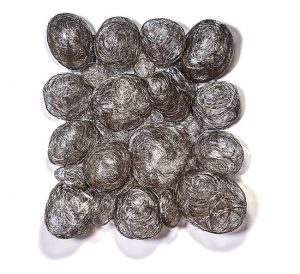

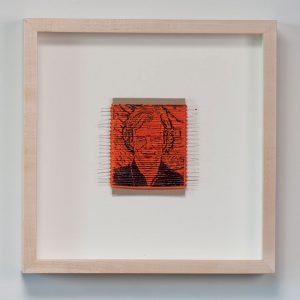
Art: Antidote to an Edgy Election
No matter on what side of the political divide you sit, it’s been a long 16 months. And for some of us, the next 16 months will likely feel even longer. In our house we’re hunkering down – old movies, dinners with friends, letter writing and getting to all those to dos, like organizing our art books – and a news ban, at least for the next few weeks. We’re also aiming for an art fix. We are going out in search of what’s inspired, exhilarating, thought provoking. The markets are holding steady; why not invest in art? Surround yourself with what brings you joy. Here are four works that brought us feelings of peace, gratitude, tolerance and awe.
Lenore Tawney, The Path, Tapestry. Photo Tom Grotta
Lenore Tawney’s The Path II, is meditative and reflective of a passage she marked in a favorite book: “[t]he spiritual path, the path of purification, of emancipation, of liberation, is a path where we change our inner nature.”
37ts Vertical to Horizontal and Vice Versa, Toshio Sekiji. Photo by Tom Grotta
Mariyo Yagi, Nawa Axis for Peace Project 2014
In his “fugue weavings” like Vertical to Horizontal and Vice Versa, Toshio Sekiji, imagines a harmonious confluence of disparate cultures, languages and nationalities, so different than the facts on the ground. Mariyo Yagi’s art is infused with concern about the Cosmos. “Art is committed to the energy of human life,” she says. In creating her sculptures she has been informed by the study of nawa –– which means a spiral cord, which for Yagi provides a link between earth and heaven and all living things, creating a spiritual loop from DNA to the cosmos. Enlightening and innovative, Anda Klancic’s work combines creative use of machine-embroidered lace technique with experience from other disciplines, including photography. In Aura, Klancic says, “I wanted to show the vital energy in the human species: that the light, connected from man to the earth and the universe, has the rhythm of breath, of life.”
Anda Klancic FiberOptic, textile sculpture
Have you other works to recommend? Let us know.